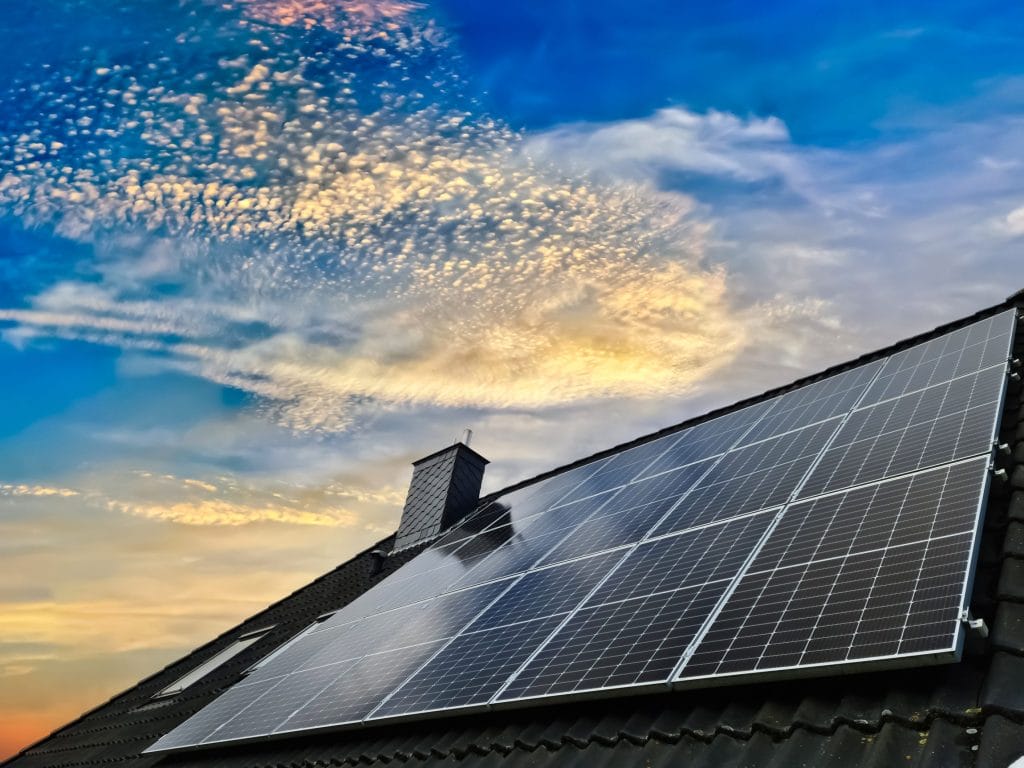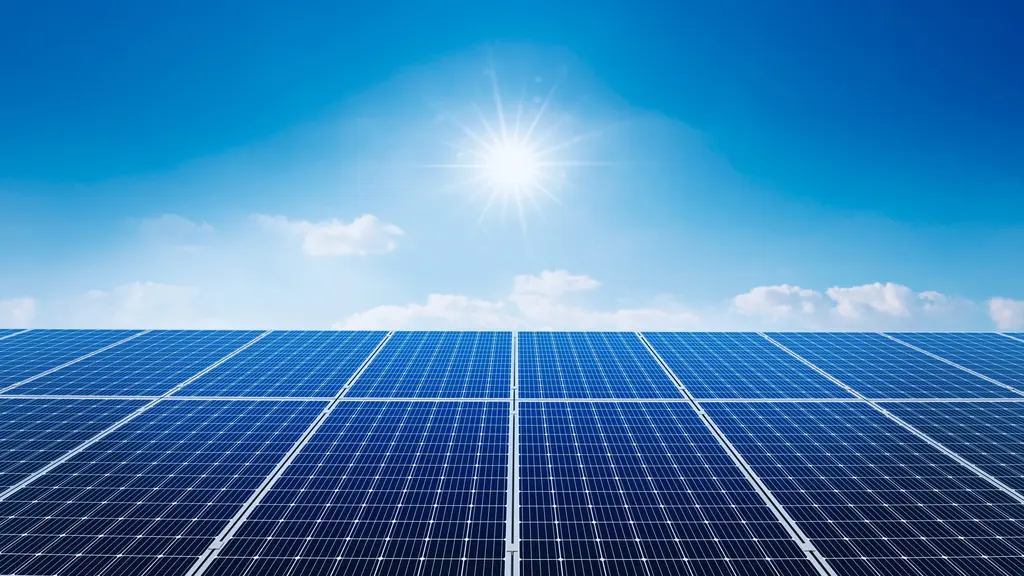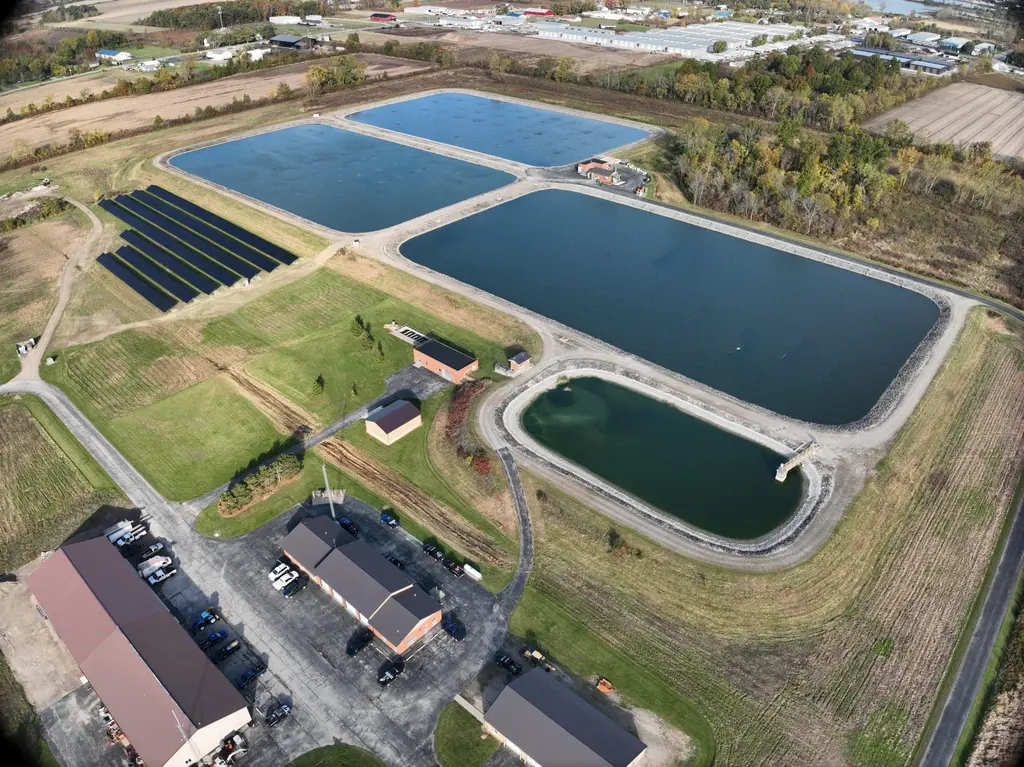Homes with solar-power system using photovoltaic (PV) panels sell for an average $24,705 more than homes without PV systems, research finds.
Etta Kantor’s four-bedroom, Adirondack-style home in New Canaan, Conn., was recently listed for $4.5 million. It comes with a trove of luxury features—gourmet kitchen, gazebo, pool and spa. Another top selling point: 48 silicon solar panels mounted on the ground.
The 10.8-kilowatt photovoltaic panels nearly offset Ms. Kantor’s entire electric bill, covering her house, pool and electric car, leaving her with a bill of less than $100, on average, a month.
But the bigger premium may come at sale time: New research finds that homes with photovoltaic (PV) systems sell for an average $24,705 more for a typical 3.1-kilowatt system than homes without PV systems, says lead author Ben Hoen, a researcher at Berkeley Lab in California.
Photovoltaic systems convert sunlight directly into electricity using solar panels made of semiconductor materials. These systems differ from various other solar-heating systems, which use the sun’s energy to generate heat.
The systems aren’t cheap. A 6.1-kilowatt system spanning 350 square feet costs about $28,000 for parts and installation, though tax incentives may help offset the cost, says the Solar Energy Industries Association, a trade group. [Current prices in Ohio are somewhat lower.]
In the eyes of buyers, the systems depreciate quickly. The market discounts them by 9% each year they age, even though the system has a life span of about 25 years, according to the study.
Only recently have homeowners embraced photovoltaic systems as means to power their homes, Mr. Hoen says. Roughly 32% of total PV systems in the U.S. were added in 2013 alone, spurred by technology improvements and aggressive promotion by states, according to the solar energy association. Roughly half a million homes in the U.S. use PV systems for power; the systems are most common in California, Hawaii and Arizona, according to the association.
“My husband wanted to hide them when we were building the house,” says Ms. Kantor, age 68, who completed her house in 2010 and is now selling it through William Raveis Real Estate agency. “From my point of view, anything that helps you get energy from a natural resource is beautiful.”
In the study, researchers examined 1,598 PV homes and 6,140 non-PV homes that sold from 2000 to 2009 in California. They controlled for home features, like square footage and number of bathrooms, to isolate the effect of having a photovoltaic system. The study, “Exploring California PV Home Premiums,” was published by the Berkeley Lab, funded by the U.S. Department of Energy, in December.
Photovoltaic systems make up about 25% of agent Benjamin Leaskou’s listings in Palm Springs, Calif. “It helps sell a property, to be quite honest,” says Mr. Leaskou, CEO of Leaskou Partners.
He has a $1.75 million listing for a five-bedroom home with a recently installed PV system on two sections of the roof. “When you have multiple fridges, pool lighting, landscape lighting and HVAC zones, you can run into $1,000 to $2,000 a month electric bills,” he says. “But if you put in a large enough kilowatt system, it can offset that by half if not 75%.”








